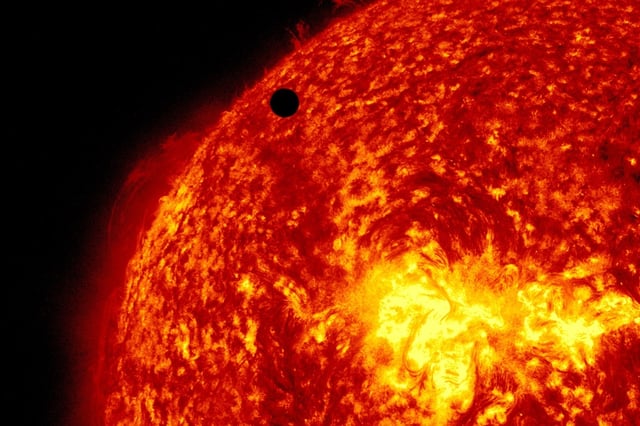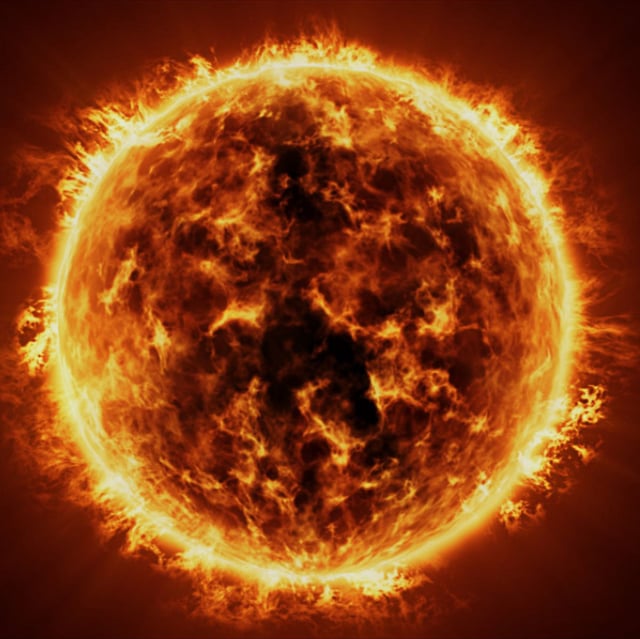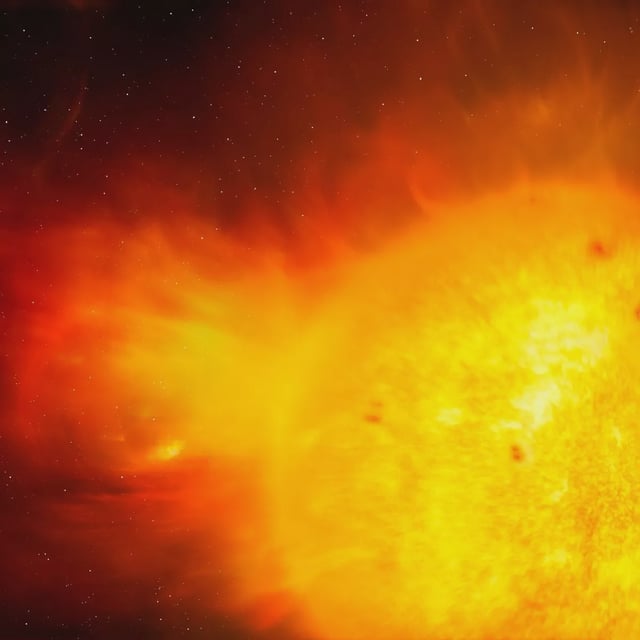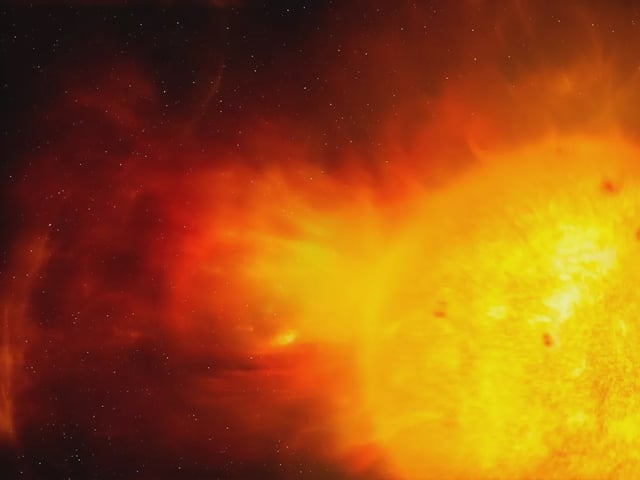Overview
- Researchers report that key solar metrics—including solar wind properties, magnetic field strength, and sunspot counts—have trended upward since about 2008.
- Solar Cycle 25 has far outpaced forecasts, producing unusually high sunspot numbers and a record tally of powerful X-class flares.
- The study, published in The Astrophysical Journal Letters and led by NASA’s Jamie Jasinski, concludes the Sun is “slowly waking up” after expectations of a prolonged quiet phase.
- Scientists say the causes of the multi-decade shift remain unclear and caution that longer-term solar behavior is difficult to predict.
- With the likelihood of disruptive geomagnetic storms rising, NASA’s IMAP and Carruthers missions and NOAA’s SWFO-L1 are slated to deliver improved, continuous space-weather data for forecasting and infrastructure protection.



